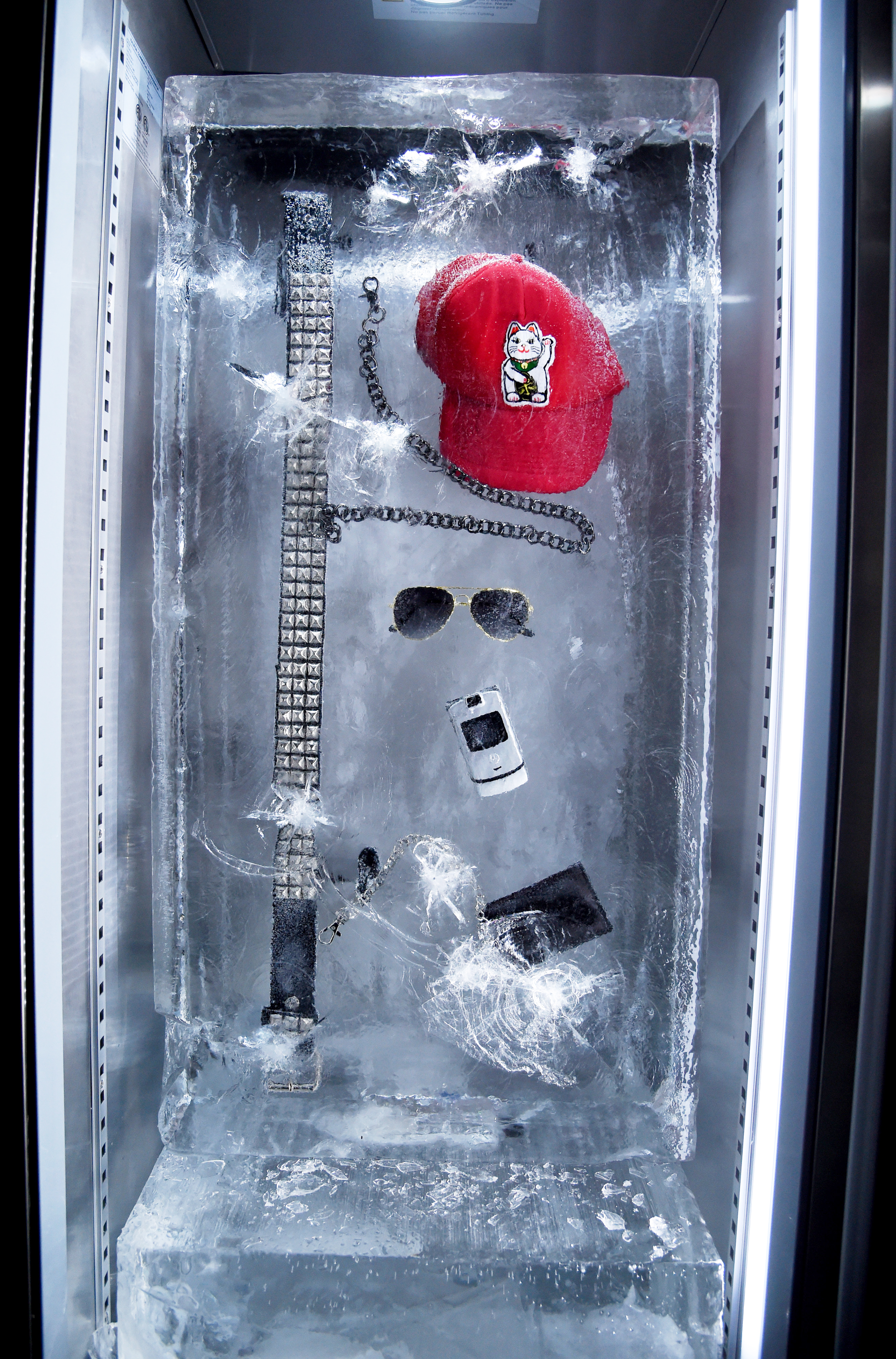
Viswanathan is hardly the first plagiarist to claim unconscious influence from memory’s depths. Rather, he seemed to have implicitly mastered a set of mnemonic techniques that allowed him to memorize certain kinds of information.
#Another term for eidetic imagery is professional
Not even S, the Russian journalist and professional mnemonist who was studied for three decades by psychologist A.R. Truman Capote famously claimed to have nearly absolute recall of dialogue and used his prodigious memory as an excuse never to take notes or use a tape recorder, but I suspect his memory claims were just a useful cover to invent dialogue whole cloth. But even he doesn’t have a truly photographic memory. Another savant, Stephen Wiltshire, has been called the “human camera” for his ability to create sketches of a scene after looking at it for just a few seconds. Kim Peek *, the 53-year-old savant who was the basis for Dustin Hoffman’s character in Rain Man, is said to have memorized every page of the 9,000-plus books he has read at 8 to 12 seconds per page (each eye reads its own page independently), though that claim has never been rigorously tested. They just can’t take mental snapshots and recall them with perfect fidelity. That’s not to say there aren’t people with extraordinarily good memories-there are. Still, his one-woman study, he says, “is not strong evidence for other people having photographic memory.”

“We don’t have any doubt about our data,” he told me recently. Pending further follow-up studies, it appears that this experimental analysis shows that an eidetic endowment is not essential to the development of visual hallucinations in alcoholics.There are so many unlikely circumstances surrounding the Elizabeth case-the marriage between subject and scientist, the lack of further testing, the inability to find anyone else with her abilities-that some psychologists have concluded that there’s something fishy about Stromeyer’s findings. One may say that hallucinations are mental images experienced in pathological states, while eidetic images are a consequence of a specific sensory endowment.īoth the context and structure of visual hallucinations in alcoholics may be determined by the particular optic or brain centers affected by the drug, by the psychophysical make-up of the individual, and by intrapsychic and environmental experiences. The fact that the eidetic image is never confused with reality has been the differentia specifica between vivid mental images and hallucinations. It is not the purpose of this paper to equate the term hallucination with a genetically different phenomenon. Neuroanatomical and physiological approaches to this problem have brought forth confirmatory evidence indicating a close phenomenological relationship between hallucinations and eidetic images. These results do not statistically substantiate the hypothesis of a relationship between eidetic experiences and visual hallucinations.

The probability value of 11% for the experimental results is not significant and indicates the proportionality ratio of eidetics to noneidetics is a result of sampling variation. The memory images of 20 control subjects were richer in detail than the eidetic images of the 3 experimental subjects.ĥ. Eidetic images were reported one hour after exposure to the silhouettes by all 3 eidetic subjects but showed a decrease in mean duration and number of details.Ĥ. The after-images elicited by a 20-second fixated exposure of the homogeneous stimulus, reported by both experimental and control subjects, did not possess any significant qualitative or quantitative differences.ģ. Eidetic images were reported by 3 subjects in the experimental group and none in the control group.Ģ. The results were used to compare the existing differences between the 2 groups.ġ. This inquiry is an attempt(1) to obtain experimental evidence concerning the nature of eidetic imagery in alcoholic subjects with histories of visual hallucinations, and (2) to determine the relationship between eidetic and hallucinatory phenomena.Ī group of 40 alcoholics (20 experimental and 20 control) were submitted to fixating and nonfixating periods on homogeneous and heterogeneous stimuli.


 0 kommentar(er)
0 kommentar(er)
